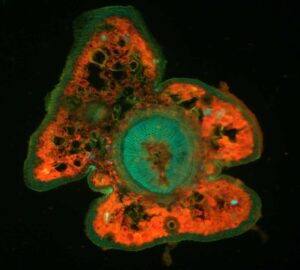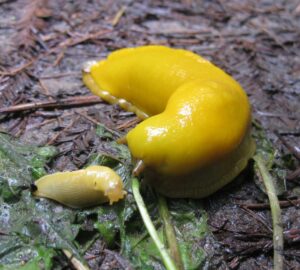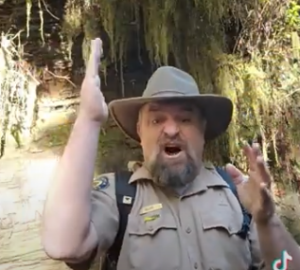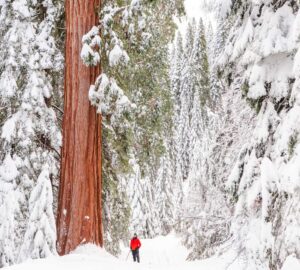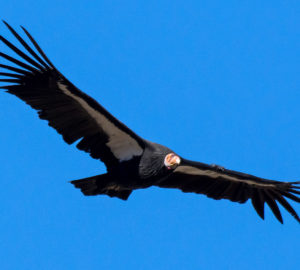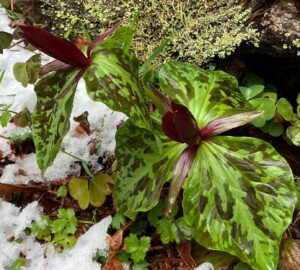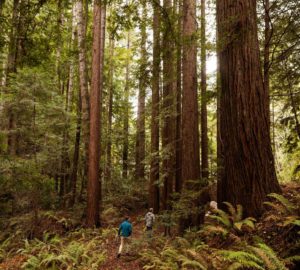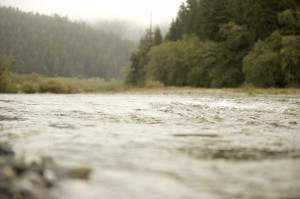
Good news is not always easy to come by in regards to the redwood forest. Whether it is the threat of development, water diversion or unsustainable logging, bad tidings are all around us. Even though they’re not always obvious, there are happy stories around us, too — we just have to look for them.
Researchers at Humboldt State University and the U.S. Geological Survey studied an exotic species of snail, known as New Zealand mud snails, as they colonized the estuary of Redwood Creek, the aquatic gateway to Redwood National Park. The tiny snails multiply rapidly, as they can have hundreds of offspring a year, each of whom can have hundreds more. They’re also very hardy — able to survive being eaten and passed through a fish’s gut unscathed, and so can be easily spread up and down streams.
Species that are so prolific and indigestible are a big worry. Since they aren’t eaten (or at least, aren’t being digested) by other creatures, they are a sort of dead end or broken link in the food chain that can have large repercussions for the rest of the ecosystem. So it was with surprise and relief that the team discovered that the snail invasion had not yet advanced beyond the estuary and upstream into the creek. The answer as to why they haven’t might be found in the clean waters of the creek itself. Without the salt and calcium found in the brackish water of the estuary, the snails can apparently neither survive nor reproduce.
With such a short generational time span (only a couple of months!), and with so many offspring per generation, the snails may be able to evolve to cope with that lack of nutrients. But for now, the waters of Redwood Creek have been spared.
Learn more! Read about this research study and other exciting scientific work we sponsor.

